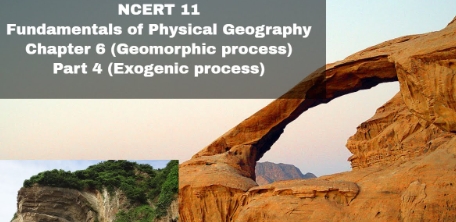From the towering mountains to the vast plains, Earth’s landscapes are a sight to behold. But have you ever wondered how these landscapes were formed? Enter the field of geomorphology, the study of Earth’s landforms and the processes that shape them.
What is geomorphology?
Geomorphology is a branch of geology that focuses on the study of landforms and the processes that create and shape them. It examines the interactions between Earth’s landforms, water bodies, and the forces that act upon them, such as erosion, sedimentation, and tectonic activity.
The role of NCERT in unraveling Earth’s mysteries
The National Council of Educational Research and Training (NCERT) has been at the forefront of educating students about geomorphology and the fascinating world of Earth’s landscapes. Through its curriculum, NCERT helps students understand the various landforms found on Earth, from mountains and valleys to rivers and coastlines.
Key concepts in geomorphology
NCERT covers a range of key concepts in geomorphology, including the processes of weathering and erosion, the formation of landforms such as valleys and plateaus, and the impact of tectonic activity on Earth’s surface. Students learn about the role of glaciers in shaping landscapes, the formation of deserts, and the role of rivers in carving out valleys and canyons.
Practical applications of geomorphology
Geomorphology has practical applications in fields such as environmental science, urban planning, and natural disaster management. By studying Earth’s landscapes and the processes that shape them, scientists can better understand the risks posed by natural hazards such as landslides, floods, and earthquakes. Geomorphology also plays a crucial role in conserving and managing Earth’s natural resources, such as soil, water, and minerals.
Overall, geomorphology offers a fascinating glimpse into the mysteries of Earth’s landscapes and the forces that have shaped them over millions of years. Thanks to NCERT’s efforts in educating students about this field, we can all appreciate the beauty and complexity of the world around us.

